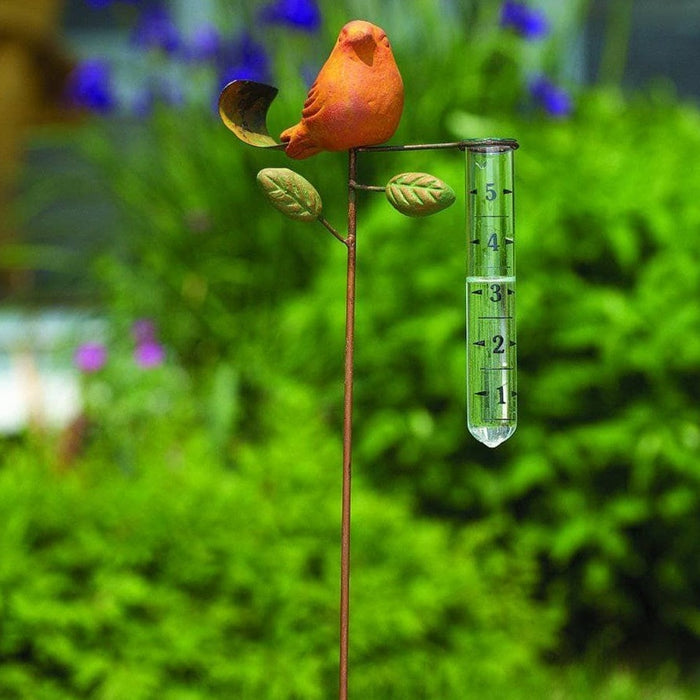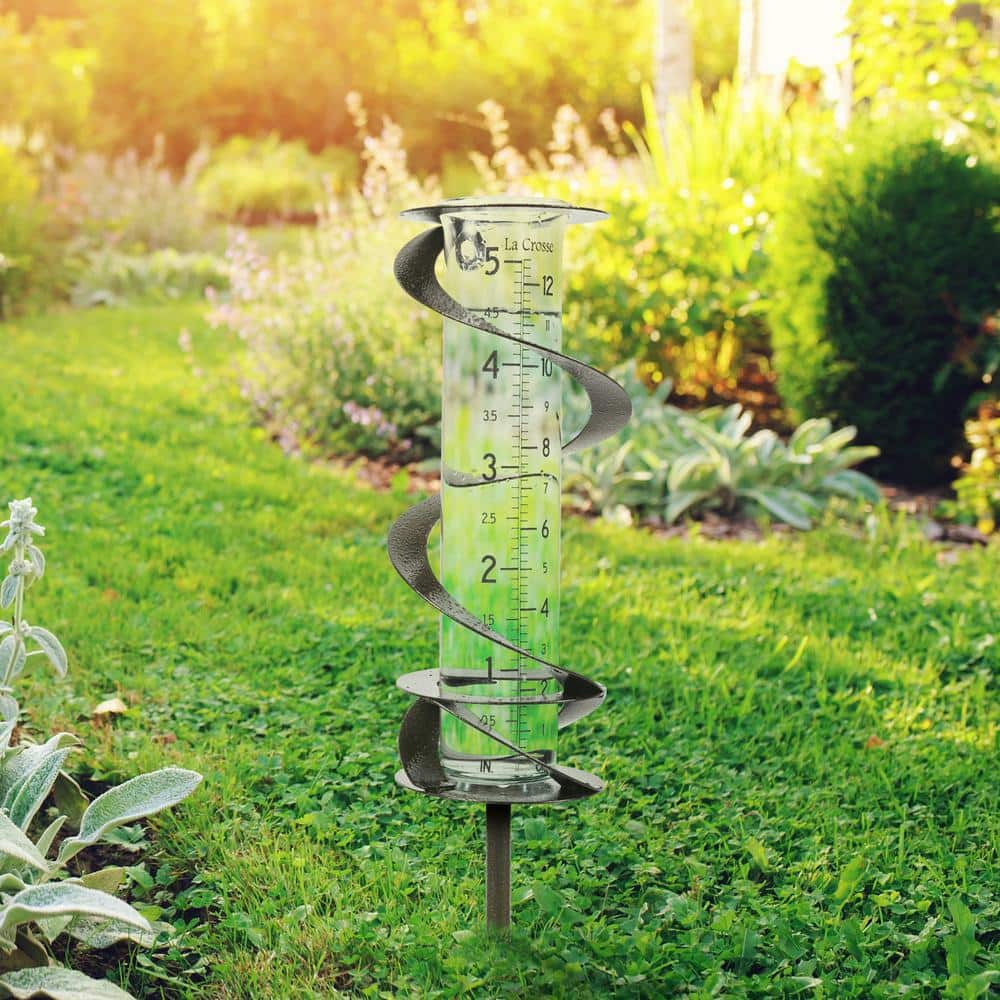Grasping the Science Behind The Rain Gauge: Insights and Innovations Introduced
Grasping the Science Behind The Rain Gauge: Insights and Innovations Introduced
Blog Article
Comprehending Rain Gauge Measurements: A Full Guide
Recognizing Rainfall Scale Dimensions: A Full Guide is a detailed source for any person looking for a much deeper understanding of rainfall scale dimensions. Whether you are an expert in the field or just have an interest regarding rainfall dimension, this overview will certainly outfit you with the understanding needed to successfully use rainfall scale dimensions.
The Relevance of Rainfall Gauge Measurements
The importance of rainfall scale measurements depends on their duty as a crucial device for precisely monitoring and analyzing rainfall levels - The Rain Gauge. Rainfall gauge measurements give important data that helps hydrologists and meteorologists comprehend patterns and trends in rains, which subsequently aids in different fields such as agriculture, water source management, and environment study

Exact rainfall measurements are important for farming as they help in identifying irrigation demands, plant development, and yield forecasts. Farmers count on this details to make educated decisions about when to water their plants, protecting against water waste and guaranteeing optimum crop health and wellness. Furthermore, rains data assists in analyzing the influence of droughts or extreme rains on plant manufacturing, enabling farmers to take proper steps to decrease losses.
Water resource management greatly counts on rain scale measurements to determine the quantity of water offered in storage tanks, lakes, and rivers. Specific measurements enable water supervisors to make informed choices about water allowance and distribution, making sure lasting usage and protecting against lacks. This info is especially vital in areas where water deficiency is a pressing problem.
Furthermore, rain scale measurements play a crucial function in environment study. By properly measuring rains over expanded periods, researchers can examine lasting environment patterns and identify modifications in rainfall patterns as a result of environment adjustment. This data helps researchers and policymakers establish techniques to adapt to and minimize the results of environment change.
Types of Rainfall Gauges
There are different sorts of rain assesses used to determine precipitation accurately. Each kind has its own advantages and limitations, making them suitable for various purposes and atmospheres.
One of the most common kind of rain gauge is the basic round gauge. It contains a round container with a vast funnel-shaped top to collect rainwater (The Rain Gauge). The water is after that funneled into a graduated gauging tube, enabling accurate measurement of the amount of rains
One more kind is the weighing rain scale. Evaluating rain gauges are especially helpful in areas with frozen rainfall or heavy rains, as they are not impacted by splashing or evaporation.
Tipping bucket rainfall determines employ a system that ideas a tiny bucket each time it collects a details amount of rainwater. The number of pointers is recorded and made use of to calculate the rainfall. This kind of scale is frequently used in automated weather stations because of its reduced upkeep needs and ability to supply real-time information.
Ultimately, there are radar-based rainfall gauges that use radar innovation to approximate rains. These gauges measure the intensity of rainfall in a details area by examining the mirrored radar signals. They are specifically beneficial for gauging rainfall over huge locations or in remote areas.
How Rain Gauge Measurements Work
Rain scale measurements are based on Recommended Site the concept of measuring the quantity and gathering of precipitation. These tools are created to capture rain and give a precise measurement of the rains in a certain location.
The most usual kind of rain gauge is the basic cylindrical scale. It contains a cylindrical container with a large opening on top to collect rain. The accumulated water is after that funneled right into a determining tube, which is calibrated to offer the measurement in devices of size, normally inches or millimeters.
One more kind of rain scale is the tipping bucket scale. When they get to a certain weight limit, it uses a seesaw-like system with two containers that tip. Each pointer of the container represents a specific quantity of rainfall, enabling precise measurements.
Some advanced rain evaluates are outfitted with digital sensing units that immediately record and transfer information. These sensors utilize numerous modern technologies such as ultrasound or laser to determine the quantity of rains precisely.
Factors Impacting Rainfall Scale Accuracy
Environmental elements such as wind, temperature, and atmospheric pressure can substantially influence the precision of rainfall scale dimensions. Changes in atmospheric pressure can also Check This Out impact the accuracy of rain scale measurements, as they can change the price at which rainfall is gathered.
Functional variables, on the various other hand, describe factors connected to the style, setup, and upkeep of the rain gauge. The placement of the rainfall scale in an area with obstructed airflow or near buildings or trees can bring about imprecise analyses because of obstruction or splattering of rainfall. Improper calibration or uneven maintenance of the rain scale can also affect its precision.
To guarantee the precision of rainfall scale measurements, it is vital to take into consideration these elements and take appropriate actions. This might entail picking a suitable location for the rain scale, ensuring appropriate setup and upkeep, and regularly adjusting the instrument. By attending to these aspects, reputable and accurate rainfall dimensions can be obtained, which are vital for various applications such as weather condition forecasting, hydrological research studies, and farming.
Tips for Accurately Determining Rain
To ensure exact rains measurements, it is vital to implement certain strategies and techniques when making use of a rainfall gauge. Here are some suggestions for precisely measuring rainfall:
Proper Positioning: Position the rainfall gauge in an open location, far from trees, structures, and other obstructions that may disrupt the rains collection. It should be positioned on a level surface area to stay clear of water merging or runoff.

Review the Range Correctly: When taking dimensions, checked out the water degree at eye level from the base here are the findings of the curve. Avoid parallax mistakes by aligning your sight directly with the water degree.
Constant Time Period: Establish a regular time period for measuring rainfall, such as every 24 hours or after each rains occasion. This guarantees precise monitoring and comparison of precipitation information.
Record Measurements Immediately: Tape rains dimensions as quickly as feasible after collection to stop dissipation or spillage. Utilize a rainfall gauge with a built-in information logging function for automated recording.
Verdict
In conclusion, recognizing rain gauge measurements is essential for precisely determining rains. Various kinds of rainfall evaluates are available, each with their very own advantages and limitations. It is vital to take into consideration elements that can affect the precision of rain scale measurements, such as evaporation, positioning, and wind. By complying with the tips offered, one can ensure a lot more specific and reputable rainfall dimensions.
Recognizing Rain Gauge Dimensions: A Full Guide is a detailed source for anyone seeking a much deeper understanding of rainfall gauge measurements. Whether you are a specialist in the field or just have an interest about rains dimension, this overview will certainly equip you with the understanding required to properly make use of rain gauge measurements.
The most typical kind of rainfall scale is the basic cylindrical gauge.The most typical kind of rainfall scale is the typical cylindrical gauge.Another type of rain gauge is the tipping container scale.
Report this page